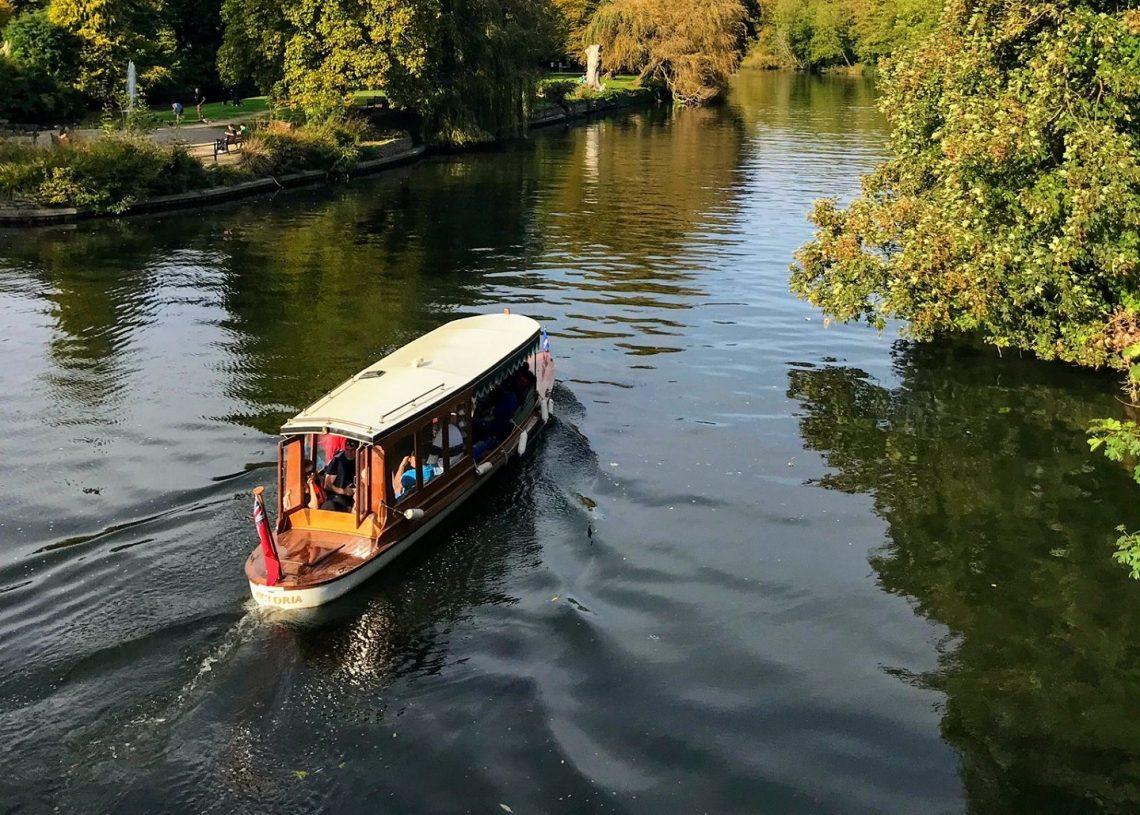
Boulter’s to Bray Swim – 2024 event cancelled
We ask: Is it appropriate to cancel a river swimming race because of pollution fears two months ahead of the event?
The Boulter’s to Bray swim was scheduled to take place on 6 July. A few days ago, the organisers cancelled it. They told the BBC they couldn’t be assured the river would be safe to swim in.
As a publication dedicated to outdoor swimming, we find this concerning. Swimmers shouldn’t be put in a position where fears about sewage pollution stop them from swimming. But we also wonder if this decision is premature.
Sewage pollution of our rivers is a serious issue. The number of discharges we’ve seen this winter is horrific. We fully support campaigns to improve water quality and make our rivers safer to swim in. We also understand the need to make a big stink to gain political traction and achieve change.
But there is a danger of overreach and hysteria.
In the case of Boulter’s to Bray, and any river swimming event this summer, we cannot tell now what water quality will be like then. Whatever is in the river now will be flushed away by July. The water quality on 6 July will depend largely on the weather in the days before. We cannot guarantee the weather but knowing it’s the key factor in water quality suggests a way to design a risk-based approach to cancellation.
The incident referenced in the BBC report was analysis and commentary by Steve Backshall who described the river as toxic. His samples were taken in spring during one of the wettest months on record, at one location. This tells us nothing about what it will be like in July on the stretch between Boulter’s and Bray Locks.
Second, we know from data collected by Henley Swim and Thames 21 that water quality in the Thames often meets bathing water standards but deteriorates after heavy rainfall. Water quality also varies significantly by location and proximity to sewage treatment works. While there are times and places where the water quality would be designated “poor” if it were classified, it is not the case that the Thames is a permanent open sewer.
We should also note that swimming in open water will never be risk free. Natural environments are not sanitised. Fish, birds and animals defaecate in the water. Putting in sewage on top increases the risk and the yuk factor but taking it away will not make it safe. If you swim in open water, you need to accept this risk and do your best to mitigate it, as you take the risk of an accident while using the roads.
Bear in mind too, that the harm done is usually limited. I wouldn’t wish a stomach bug on anyone, but most only last a few days and do not require medical intervention. Of course, there are examples of where people have been hospitalised but thankfully these are rare. And even if you do get ill after swimming, it may not have been caused by the water. Stomach bugs are common and have many sources.
Boulter’s to Bray traces its history to 1870, only 22 years after the Great Stink of London. Then, the smell of sewage from the Thames was so bad that the government considered relocating. In 1957, the Thames was declared biologically dead as it was found unable to sustain life.
The condition of the river today is massively improved from these low points. It supports a wide range of fish and bird species and even has seals as far upstream as Hampton Court.
The current media furore and public anger is justified. The amount of sewage entering our waterways is unacceptable. But this doesn’t mean we should stop swimming.
In fact, we urge you to swim more. Swimmers are the canaries of our rivers, lakes and oceans. We’re often the first to spot when things are going wrong and among the loudest campaigners for change. If we stop swimming, we lose the impetus to campaign and the water companies will have won. They will have driven us from the water and will be able to pollute with impunity.









